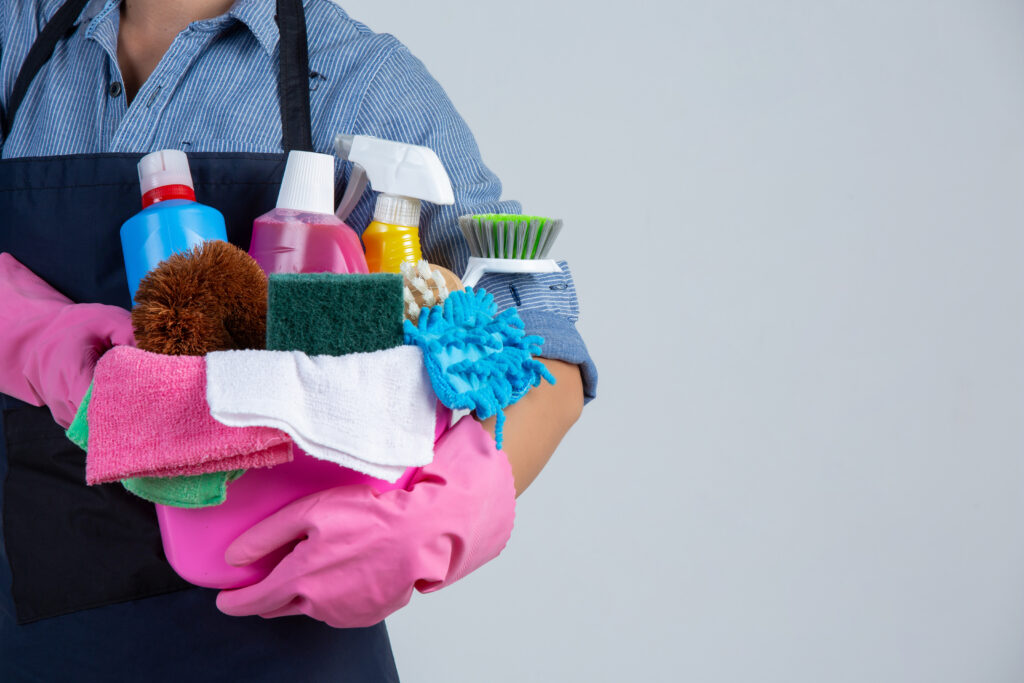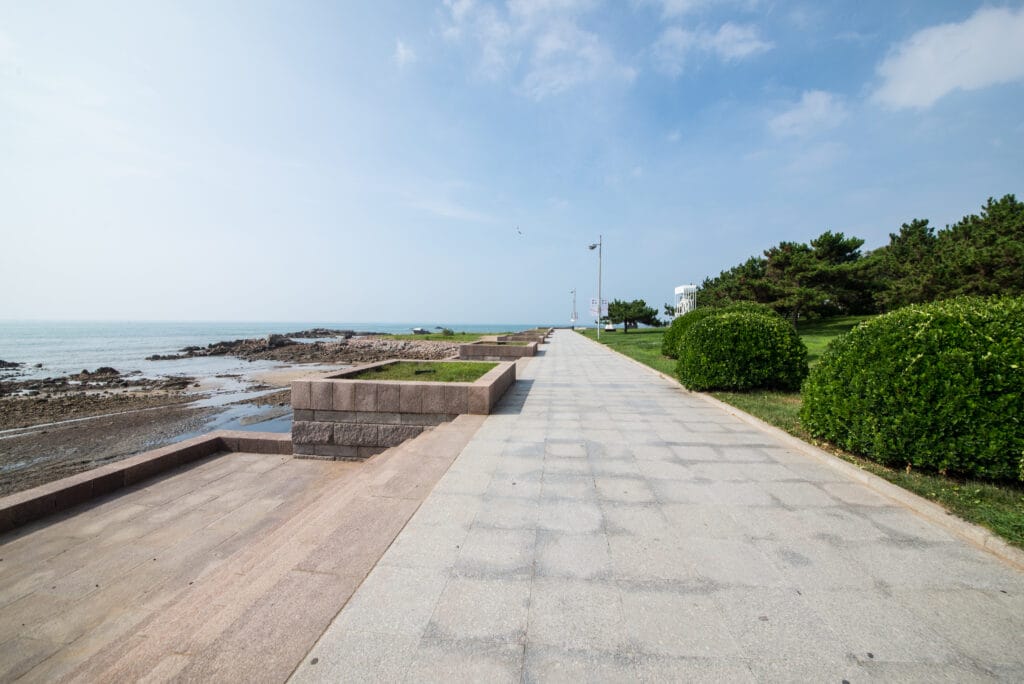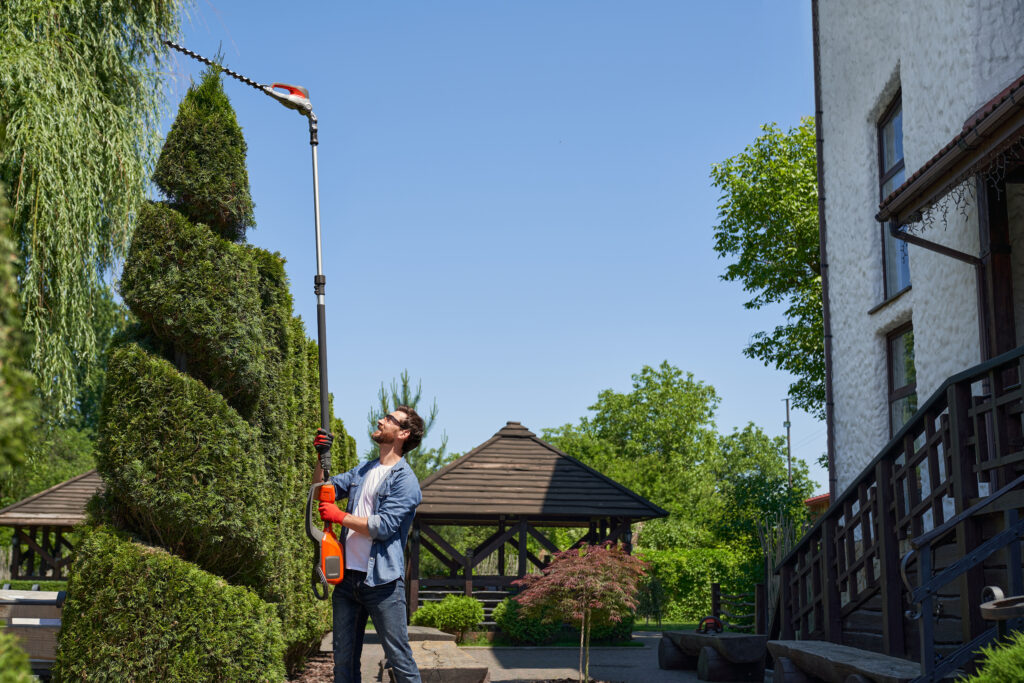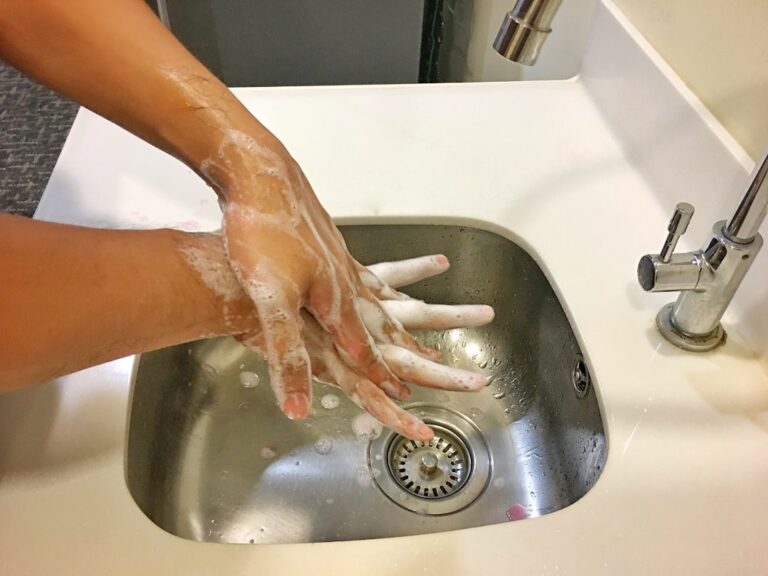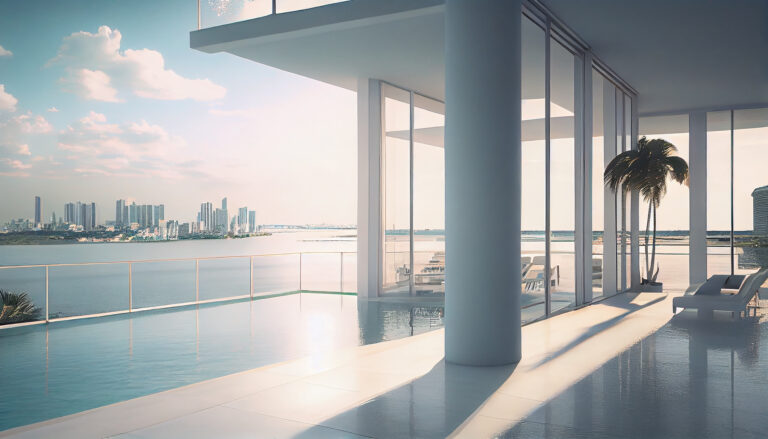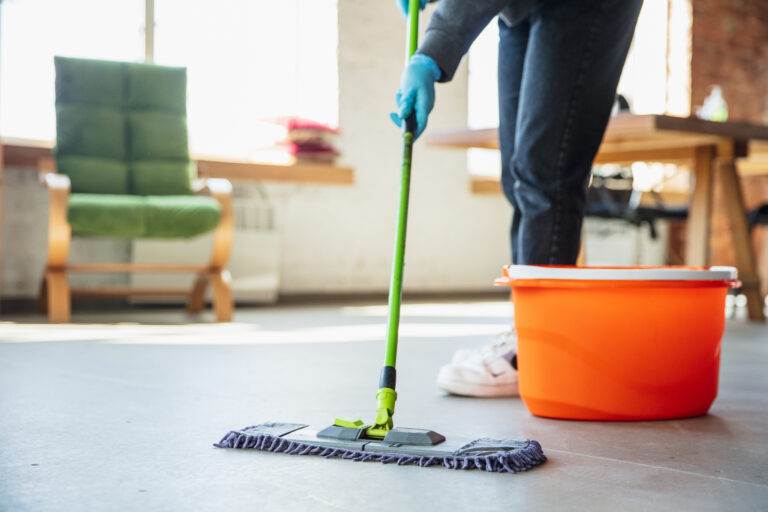Coastal environments present a unique set of challenges that can significantly impact both residential and commercial properties. The proximity to the ocean introduces a variety of factors, including high humidity, salt exposure, and increased moisture levels, all of which can contribute to the deterioration of buildings and outdoor spaces. The constant presence of salt in the air can lead to corrosion of metal fixtures and structures, while the humidity creates an ideal breeding ground for mold and mildew.
These elements not only affect the aesthetic appeal of properties but can also pose health risks to occupants. Moreover, coastal areas often experience extreme weather conditions, including storms and high winds, which can exacerbate the wear and tear on buildings. The combination of these environmental factors necessitates a proactive approach to maintenance and cleaning.
Property owners must be vigilant in addressing the specific challenges posed by their coastal surroundings to ensure longevity and safety. Understanding these unique challenges is the first step in developing effective strategies for maintaining properties in such dynamic environments.
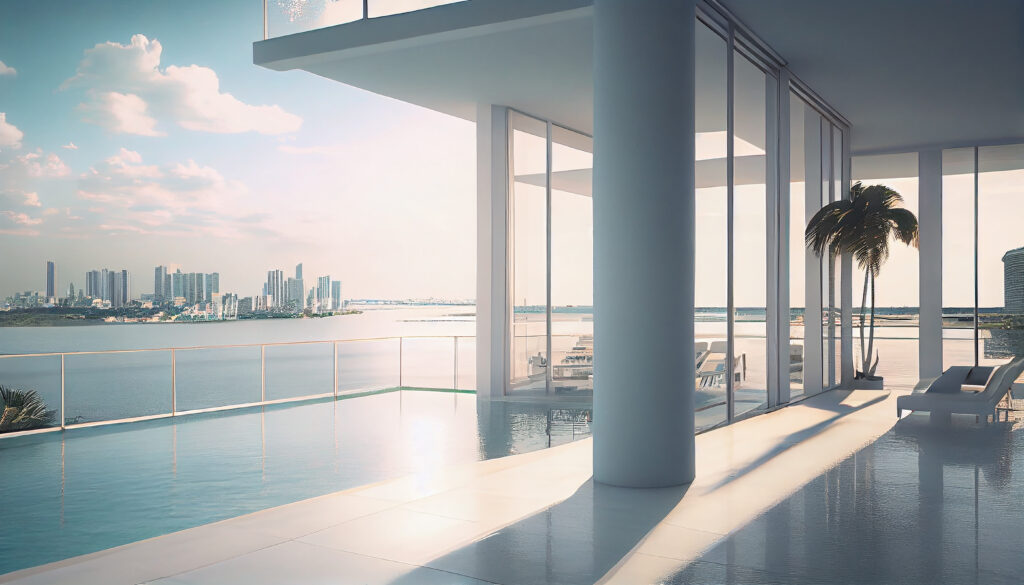
Key Takeaways
- Coastal environments present unique challenges such as high humidity, salt buildup, and corrosion.
- To manage mold and mildew in humid coastal environments, it’s important to keep indoor spaces well-ventilated and use dehumidifiers.
- When choosing cleaning products for coastal climates, look for those specifically designed to combat salt, mold, and rust.
- Preventing corrosion and rust in coastal homes and businesses requires regular maintenance and the use of protective coatings.
- Dealing with salt buildup in coastal environments involves regular washing of surfaces and using salt-resistant materials when possible.
Tips for Managing Mold and Mildew in Humid Environments
Controlling Moisture Level
Controlling moisture levels is essential to prevent mold and mildew growth. Proper ventilation is key, allowing for air circulation and humidity. Installing exhaust fans in bathrooms and kitchens can help expel moist air, while dehumidifiers can be beneficial in particularly damp areas. Regularly checking for leaks in plumbing and roofing is also crucial, as even small amounts of water can lead to significant mold growth over time.
Regular Cleaning is Vital
Regular cleaning is vital in preventing mold and mildew from taking hold. Utilizing cleaning products specifically designed to combat mold can be effective, but it is equally important to maintain a routine cleaning schedule. This includes wiping down surfaces that are prone to moisture accumulation, such as windowsills and bathroom tiles.
Addressing Mold and Mildew Growth
For areas that have already been affected by mold, it is essential to address the issue promptly with appropriate cleaning solutions and techniques to prevent further spread.
Choosing the Right Cleaning Products for Coastal Climates
Selecting the right cleaning products is critical for maintaining properties in coastal climates. Given the unique challenges posed by salt exposure and humidity, it is important to choose products that are specifically formulated to combat these issues. For instance, cleaners that contain anti-corrosive properties can help protect metal surfaces from rust and degradation caused by saltwater exposure.
Additionally, using biodegradable and environmentally friendly products is advisable, as they are less likely to harm local ecosystems while still providing effective cleaning solutions. When it comes to mold and mildew prevention, look for products that contain fungicides or mold inhibitors. These ingredients can help prevent the growth of mold on surfaces that are frequently exposed to moisture.
It is also wise to consider the pH level of cleaning products; those that are too acidic or alkaline can damage surfaces over time. By carefully selecting cleaning products tailored for coastal conditions, property owners can ensure that their spaces remain clean and well-maintained without compromising their integrity.
Preventing Corrosion and Rust in Coastal Homes and Businesses
Corrosion and rust are significant concerns for properties located in coastal areas due to the high salt content in the air. To mitigate these issues, property owners should prioritize the use of corrosion-resistant materials when constructing or renovating buildings. Stainless steel, aluminum, and certain treated woods are excellent choices for fixtures and fittings exposed to the elements.
Additionally, applying protective coatings or sealants can create a barrier against moisture and salt, further reducing the risk of corrosion. Regular inspections are also essential in preventing rust from taking hold. Property owners should routinely check metal surfaces for signs of corrosion and address any issues immediately.
This may involve sanding down rusted areas and applying rust-inhibiting paint or sealant. Furthermore, keeping gutters and drainage systems clear of debris will help prevent water accumulation around metal structures, reducing the likelihood of rust formation. By taking these proactive measures, property owners can significantly extend the lifespan of their buildings and maintain their aesthetic appeal.

Strategies for Dealing with Salt Buildup in Coastal Environments
Salt buildup is a common issue faced by coastal properties, as salt from ocean spray can accumulate on surfaces over time. This buildup not only detracts from the appearance of buildings but can also lead to structural damage if left unaddressed. One effective strategy for managing salt buildup is regular washing of exterior surfaces with fresh water.
This simple practice can help remove salt deposits before they have a chance to cause significant damage. In addition to regular washing, property owners should consider applying protective coatings to surfaces prone to salt exposure. These coatings can create a barrier that prevents salt from adhering to surfaces, making it easier to clean them in the future.
Furthermore, landscaping choices can also play a role in managing salt buildup; planting salt-tolerant vegetation can help absorb some of the salt from the air before it settles on buildings. By implementing these strategies, property owners can effectively manage salt buildup and protect their investments.

Protecting Wooden Surfaces from the Effects of Coastal Humidity
Guarding Against Humidity-Related Damage
Wooden surfaces are particularly vulnerable to the effects of coastal humidity, which can lead to warping, rotting, and mold growth. To protect wooden structures, it is essential to apply high-quality sealants or stains that are specifically designed for humid environments. These products create a protective barrier that helps repel moisture while allowing the wood to breathe, reducing the risk of damage.
Maintenance is Key
Regular maintenance is also crucial for preserving wooden surfaces in coastal areas. This includes routine inspections for signs of wear or damage, as well as periodic reapplication of sealants or stains as needed. Additionally, ensuring proper drainage around wooden structures can help prevent water accumulation that contributes to rot.
Long-Term Protection and Beauty
By taking these proactive steps, property owners can extend the life of their wooden surfaces and maintain their beauty.
Maintaining Cleanliness in Outdoor Spaces in Santa Cruz & Monterey
Maintaining cleanliness in outdoor spaces in coastal areas like Santa Cruz and Monterey requires a tailored approach due to the unique environmental conditions. Regular cleaning schedules should be established to address debris accumulation from ocean winds, such as sand, leaves, and other organic matter. Utilizing brooms or leaf blowers can help keep pathways and patios clear while pressure washing can effectively remove stubborn stains from surfaces like concrete or stone.
In addition to regular cleaning, landscaping plays a vital role in maintaining outdoor spaces. Choosing native plants that thrive in coastal conditions not only enhances aesthetic appeal but also reduces maintenance needs over time. Furthermore, incorporating hardscaping elements such as stone pathways or patios can minimize soil erosion and provide durable surfaces that withstand coastal weather conditions.
By combining regular cleaning with thoughtful landscaping choices, property owners can create inviting outdoor spaces that remain clean and well-maintained.
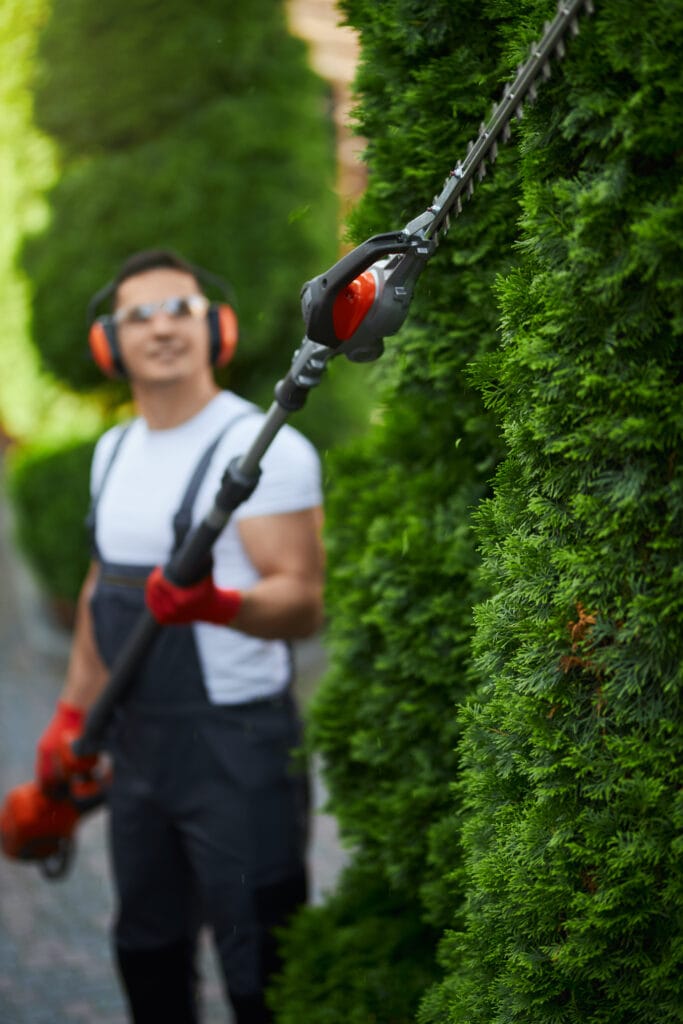
The Importance of Regular Maintenance in Coastal Environments
In conclusion, regular maintenance is paramount for properties located in coastal environments due to the unique challenges posed by humidity, salt exposure, and extreme weather conditions. By understanding these challenges and implementing effective strategies for managing mold, corrosion, salt buildup, and wooden surfaces, property owners can protect their investments and ensure longevity. Choosing appropriate cleaning products tailored for coastal climates further enhances maintenance efforts.
Moreover, maintaining cleanliness in outdoor spaces not only contributes to aesthetic appeal but also promotes safety for residents and visitors alike. Ultimately, a proactive approach to maintenance will yield significant benefits over time, preserving both the structural integrity and visual charm of properties in coastal areas like Santa Cruz and Monterey. Regular upkeep is not merely a task; it is an essential investment in the future resilience of coastal properties against the relentless forces of nature.
FAQs
What are the main challenges of cleaning in humid coastal environments like Santa Cruz and Monterey?
The main challenges of cleaning in humid coastal environments include mold and mildew growth, salt residue, and high humidity levels that can lead to musty odors and accelerated wear and tear on surfaces and equipment.
How can mold and mildew growth be prevented in humid coastal environments?
To prevent mold and mildew growth in humid coastal environments, it is important to regularly clean and dry surfaces, use mold-resistant cleaning products, and maintain proper ventilation to reduce moisture levels.
What are some effective janitorial tips for cleaning in humid coastal environments?
Effective janitorial tips for cleaning in humid coastal environments include using dehumidifiers to control moisture levels, regularly cleaning and disinfecting surfaces, using mold-resistant cleaning products, and implementing a proactive maintenance schedule to address potential issues before they become major problems.
How can salt residue be effectively removed in coastal environments?
Salt residue in coastal environments can be effectively removed by using a mixture of water and vinegar, or a commercial salt-removing cleaner. It is important to rinse surfaces thoroughly after cleaning to remove any remaining salt residue.
What are some recommended cleaning products for use in humid coastal environments?
Recommended cleaning products for use in humid coastal environments include mold and mildew removers, salt-removing cleaners, dehumidifiers, and high-quality disinfectants. It is important to choose products that are specifically designed to address the challenges of coastal environments.

